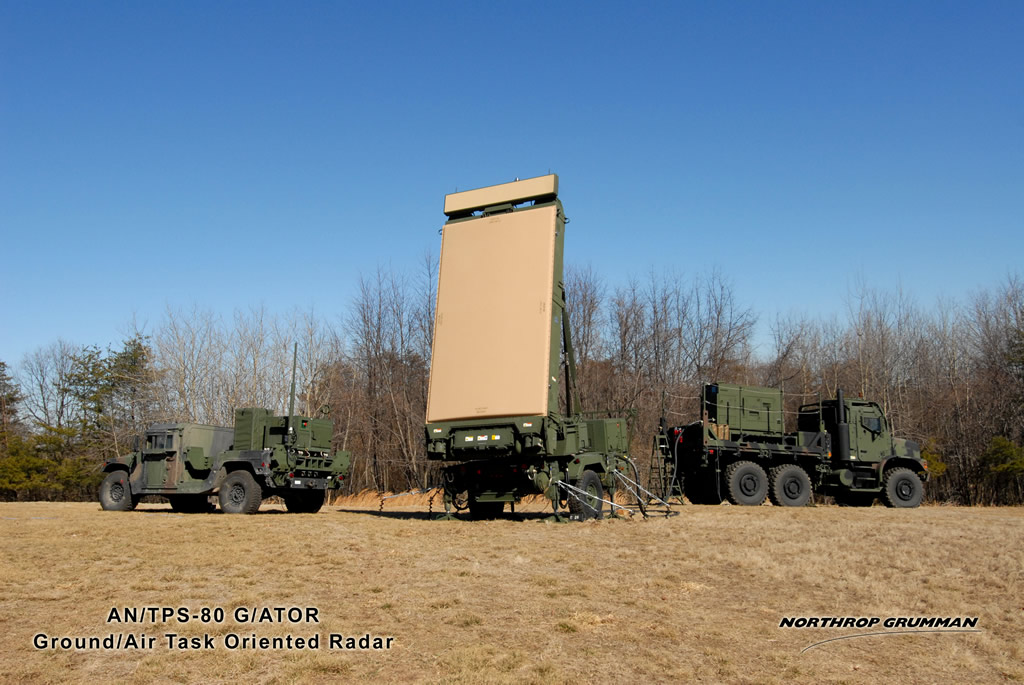Defense.gov Contracts for Thursday, March 06, 2014
SPAWAR Pacific’s Training Development and Support Center
awarded four contracts
potentially estimated to total $35,265,817
indefinite-delivery/indefinite-quantity, cost-plus-fixed-fee,
multiple-award contract to the following firms:
- Science Applications International Corp., Mclean, Va.,
- Kratos Technology & Training Solutions Inc., San Diego, Calif.
- Salient Federal Solutions, Fairfax, Va.,
- Mantech Systems Engineering Corp., Fairfax, Va.,
Each awardee will have the opportunity to compete for task
orders during the ordering period. Work will be performed in San Diego,
Calif., and work is expected to be completed March 4, 2017. Fiscal
2014 operations and maintenance, Navy; other procurement, Navy and
research, development, test and evaluation funds in the amount of
$50,000 will be obligated at the time of award, and will not expire at
the end of the current fiscal year.
Science Applications International Corp., Mclean, Va., was awarded a
potentially estimated $35,265,817
indefinite-delivery/indefinite-quantity, cost-plus-fixed-fee,
multiple-award contract to support Space and Naval Warfare Systems
Center Pacific’s Training Development and Support Center to provide
training for a range of program offices. This is one of four contracts
awarded. Each awardee will have the opportunity to compete for task
orders during the ordering period. Work will be performed in San Diego,
Calif., and work is expected to be completed March 4, 2017. Fiscal
2014 operations and maintenance, Navy; other procurement, Navy and
research, development, test and evaluation funds in the amount of
$50,000 will be obligated at the time of award, and will not expire at
the end of the current fiscal year. This contract was competitively
procured via full and open competition via publication on the Federal
Business Opportunities website and the SPAWAR e-Commerce Central
website, with seven proposals received and four selected for award. The
Space and Naval Warfare Systems Center Pacific, San Diego, Calif., is
the contracting activity (N66001-14-D-0108). (Awarded March 5, 2014)
Kratos Technology & Training Solutions Inc., San Diego, Calif., was
awarded a potentially estimated $35,211,430
indefinite-delivery/indefinite-quantity, cost-plus-fixed-fee,
multiple-award contract to support Space and Naval Warfare Systems
Center Pacific’s Training Development and Support Center to provide
training for a range of program offices. This is one of four contracts
awarded. Each awardee will have the opportunity to compete for task
orders during the ordering period. Work will be performed in San Diego,
Calif., and work is expected to be completed March 4, 2017. Fiscal
2014 operations and maintenance, Navy; other procurement, Navy and
research, development, test and evaluation funds in the amount of
$50,000 will be obligated at the time of award, and will not expire at
the end of the current fiscal year. This contract was competitively
procured via full and open competition via publication on the Federal
Business Opportunities website and the SPAWAR e-Commerce Central
website, with seven proposals received and four selected for award. The
Space and Naval Warfare Systems Center Pacific, San Diego, Calif., is
the contracting activity (N66001-14-D-0106). (Awarded March 5, 2014)
Salient Federal Solutions, Fairfax, Va., was awarded a potentially
estimated $34,647,083 indefinite-delivery/indefinite-quantity,
cost-plus-fixed-fee, multiple-award contract to support Space and Naval
Warfare Systems Center Pacific’s Training Development and Support Center
to provide training for a range of program offices. This is one of
four contracts awarded. Each awardee will have the opportunity to
compete for task orders during the ordering period. Work will be
performed in San Diego, Calif., and work is expected to be completed
March 4, 2017. Fiscal 2014 operations and maintenance, Navy; other
procurement, Navy and research, development, test and evaluation funds
in the amount of $50,000 will be obligated at the time of award, and
will not expire at the end of the current fiscal year. This contract
was competitively procured via full and open competition via publication
on the Federal Business Opportunities website and the SPAWAR e-Commerce
Central website, with seven proposals received and four selected for
award. The Space and Naval Warfare Systems Center Pacific, San Diego,
Calif., is the contracting activity (N66001-14-D-0107). (Awarded March
5, 2014)
Mantech Systems Engineering Corp., Fairfax, Va., was awarded a
potentially estimated $33,607,344
indefinite-delivery/indefinite-quantity, cost-plus-fixed-fee,
multiple-award contract to support Space and Naval Warfare Systems
Center Pacific’s Training Development and Support Center to provide
training for a range of program offices. This is one of four contracts
awarded. Each awardee will have the opportunity to compete for task
orders during the ordering period. Work will be performed in San
Diego, Calif., and work is expected to be completed March 4, 2017.
Fiscal 2014 operations and maintenance, Navy; other procurement, Navy
and research, development, test and evaluation funds in the amount of
$50,000 will be obligated at the time of award, and will not expire at
the end of the current fiscal year. This contract was competitively
procured via full and open competition via publication on the Federal
Business Opportunities website and the SPAWAR e-Commerce Central
website, with seven proposals received and four selected for award. The
Space and Naval Warfare Systems Center Pacific, San Diego, Calif., is
the contracting activity (N66001-14-D-0105). (Awarded March 5, 2014)
 Makes sense to have boots on the ground Adjacent to Wright Patterson Air force Base and fronting I-675. The Air Force is one of GA-ASI's prime customers. Much more convenient than flying in to Dayton or connecting through Cincinnatti or Columbus.
Makes sense to have boots on the ground Adjacent to Wright Patterson Air force Base and fronting I-675. The Air Force is one of GA-ASI's prime customers. Much more convenient than flying in to Dayton or connecting through Cincinnatti or Columbus. General Atomics Aeronautical Systems Inc.
says it will open an office in the Mission Point Office Park, 2601 Mission Point Blvd. in Beavercreek. Officials didn’t immediately respond
to queries about the size of the new office or how many it will employ.
General Atomics Aeronautical Systems Inc.
says it will open an office in the Mission Point Office Park, 2601 Mission Point Blvd. in Beavercreek. Officials didn’t immediately respond
to queries about the size of the new office or how many it will employ.













